TYPES OF CHARGES AND THEIR INTERACTION (BALLONS+GLASS ROD + REFILL) WORKING MODEL
SCIENCE LAB EQUIPMENT WORKING MODEL / SCIENCE EXHIBITION WORKING MODEL
5 in stock
Refund
Unfortunately, once an order is placed, there is no refund available. However, we do offer exchanges for defective or damaged items.
Due to the nature of our products and the potential for misuse or mishandling, we do not offer refunds. We believe in customer satisfaction and strive to provide quality exchanges for any issues that may arise.
If you have received a defective or damaged item, please contact our customer service team and they will assist you with the exchange process. Please note that exchanges are subject to availability and product conditions.
We do not offer refunds for change of mind purchases, but we do offer exchanges for valid reasons such as defects or damages.
Delivery
My Science Kart delivers orders through a reliable and efficient shipping service to ensure your products arrive safely and on time.
Yes, you can easily track your order from My Science Kart by using the tracking number provided to you once your order has been shipped.
If you have any issues with your order from My Science Kart, please contact our customer service team who will be happy to assist you and resolve any problems.
Payment
You can pay for your purchases on My Science Kart using various payment methods such as credit/debit cards, net banking, UPI’s and mobile wallets.
Yes, we use industry-standard encryption technology to protect your payment information and ensure that it is secure.
If you have any payment-related queries or issues on My Science Kart, you can contact our customer support team through the website or email us at support@mysciencekart.com.
TYPES OF CHARGES AND THEIR INTERACTION (BALLONS+GLASS ROD + REFILL) |
When experimenting with balloons, a glass rod, and a refill (assuming you’re referring to a plastic pen refill), you’re essentially exploring triboelectric charging, where the transfer of electric charge occurs through friction between different materials. Here’s how the charges may interact:
1. **Balloon and Glass Rod**: When you rub the balloon against the glass rod, electrons may transfer between the two materials due to the friction of their surfaces. The specific outcome depends on the relative positions of the materials in the triboelectric series. Typically, when you rub a balloon against a glass rod, the balloon may become negatively charged (excess electrons) and the glass rod positively charged (deficiency of electrons).
2. **Balloon and Refill**: Similarly, when you rub the balloon against the plastic refill, electrons may transfer between the materials, resulting in one material becoming positively charged and the other negatively charged. The specific charge depends on the materials’ positions in the triboelectric series. In this case, the plastic refill may become negatively charged, and the balloon positively charged.
Interactions:
– **Balloon and Glass Rod**: If you bring the negatively charged balloon close to the positively charged glass rod (without touching), they may attract each other due to the opposite charges. This attraction occurs because opposite charges attract each other according to Coulomb’s law.
– **Balloon and Refill**: Similarly, if you bring the negatively charged balloon close to the negatively charged refill, they may repel each other due to the like charges. This repulsion occurs because like charges repel each other according to Coulomb’s law.
Overall, the interactions between the charged objects depend on the types of charges present on each object and their relative positions. These interactions illustrate the fundamental principles of electrostatics and Coulomb’s law, which govern the behavior of electric charges.
Types of Charges:
- Positive Charge (+):
- Objects with an excess of positive charges have a deficiency of electrons.
- Protons, which carry positive charges, are found in the nucleus of atoms.
- Negative Charge (-):
- Objects with an excess of negative charges have an abundance of electrons.
- Electrons, which carry negative charges, orbit around the nucleus of atoms.
Interaction between Charges:
- Attraction:
- Objects with opposite charges attract each other. For example, a positively charged object attracts a negatively charged object.
- When a neutral object comes near a charged object, it may become polarized, with its electrons attracted to the positively charged object and its protons attracted to the negatively charged object, resulting in an overall attraction.
- Repulsion:
- Objects with the same type of charge repel each other. For example, two positively charged objects or two negatively charged objects repel each other.
- This repulsion occurs because the like charges create electric fields that push against each other.
Example Demonstration with Balloons, Glass Rod, and Refill:
- Balloons:
- Rubbing a balloon against hair or clothing can transfer electrons, giving the balloon a negative charge.
- Another balloon rubbed in the same way will also have a negative charge.
- When brought close together, the negatively charged balloons will repel each other due to their like charges.
- Glass Rod:
- Rubbing a glass rod with a cloth can transfer electrons from the cloth to the rod, giving the rod a positive charge.
- When a negatively charged balloon is brought close to the positively charged glass rod, they will attract each other due to their opposite charges.
- Refill:
- The refill, being made of metal, typically has a neutral charge.
- When a charged object (such as a balloon or glass rod) is brought close to the neutral refill, it may induce a temporary charge separation.
- The electrons in the refill may be attracted to the positively charged object, resulting in a slight positive charge on the side nearest to the object and a slight negative charge on the opposite side.
Conclusion:
Understanding the types of charges (positive and negative) and their interactions (attraction and repulsion) is fundamental to understanding the behavior of electrically charged objects. Demonstrations using balloons, a glass rod, and a refill can help illustrate these concepts and deepen our understanding of electrostatic interactions.
| Weight | 0.5 kg |
|---|---|
| Dimensions | 25 × 25 × 5 cm |
You must be logged in to post a review.
Q & A
Related Products
MAGNETIC FIELD DUE TO CIRCULAR COIL WORKING MODEL
- ✓ 100% Quality products
a. NATURE OF MATERIAL AND RESISTANCE b. LENGTH OF CONDUCTOR AND RESISTANCE c. CROSS SECTION AREA AND RESISTANCE WORKING MODEL
- ✓ 100% Quality products
MAGNETIC FIELD DUE TO SOLENOID WORKING MODEL
- ✓ 100% Quality products
BASIC ELECTRIC CIRCUIT ( THREE CASES) WORKING MODEL
- ✓ 100% Quality products
MULTIMETER
- ✓ 100% Quality products
KIRCHHOFF'S LOOP LAW WORKING MODEL
- ✓ 100% Quality products
OHM'S LAW WORKING MODEL
- ✓ 100% Quality products
REFRACTION THROUGH GLASS SLAB AND REFRACTIVE INDEX OF THE GLASS SLAB WORKING MODEL
- ✓ 100% Quality products
Product categories
- Circuits & Projects 233
- My Science Kart 665
- Raw Materials For Projects & Lab Equipments 381
- Science Exhibition 516
- Science Exhibition Projects & Working Models 344
- Biology Science Exhibition Projects & Working Models 31
- Chemistry Science Exhibition Projects & Working Models 12
- Mathematics Science Exhibition projects & Working Models 7
- Physics Science Exhibition Projects & Working Models 129
- Robotics Science Exhibition Projects & Working Models 23
- Social Science Exhibition Projects & Working Models 20
- Science Lab Equipments With Working Models 363
Cart
TRULY INDIAN EDUCATION BRAND
Over 10,000+ Happy Customers
My Science Kart
Address:- Ground floor, Lakshmi Nagar, D.No:- 40-1/1-5, PVP Mall Backside, Mogalrajapuram, Labbipet, Vijayawada, Andhra Pradesh 520010
7673977997, 0866-3543677
mysciencekart@gmail.com
Categories
MAP
© My Science Kart 2024, Designed & Developed By Synfocy Tech Solutions

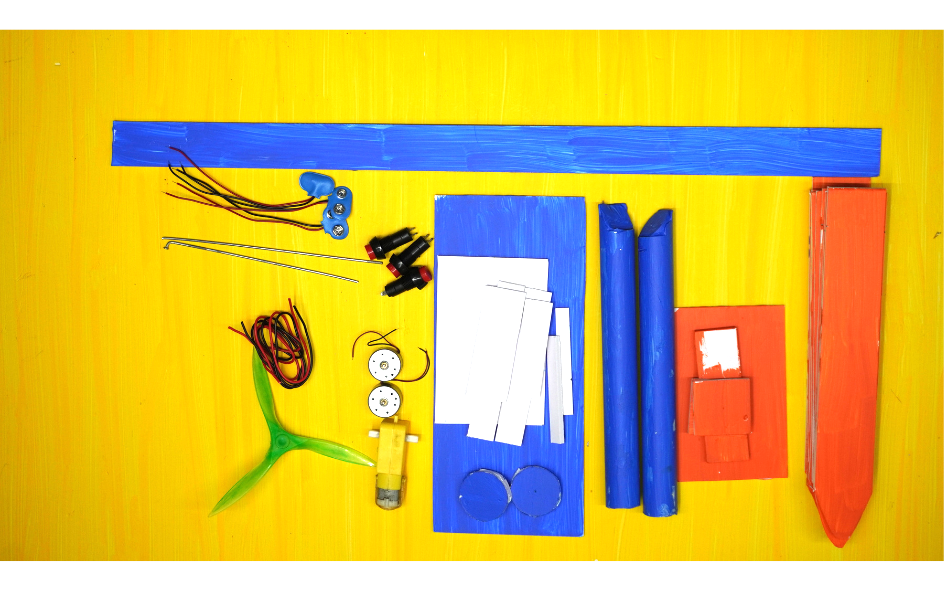

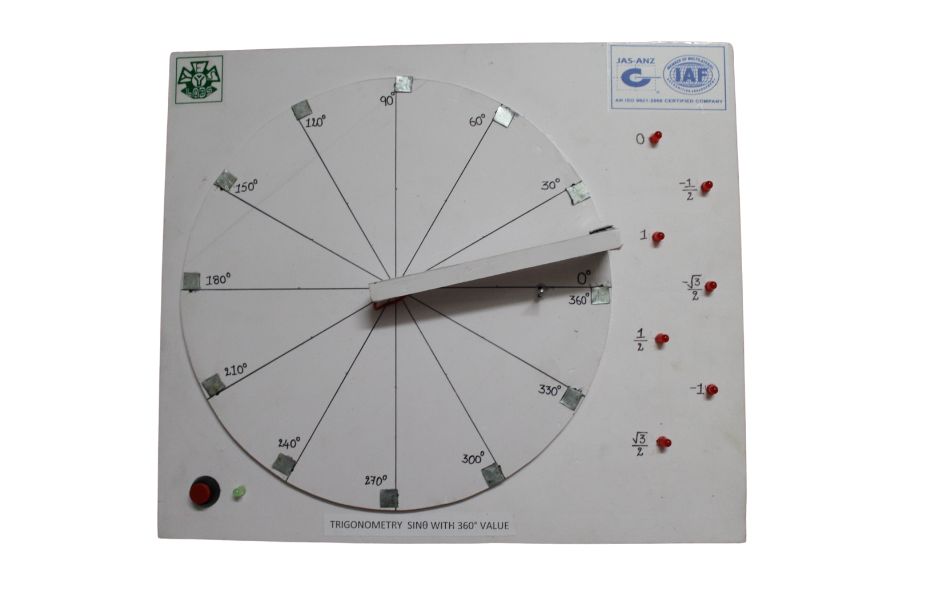
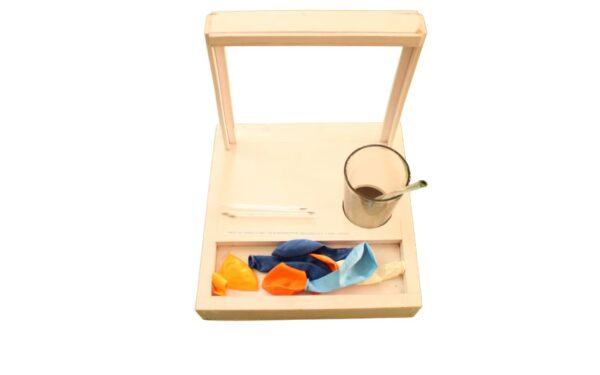



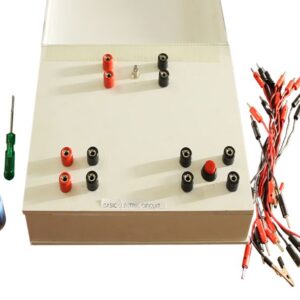
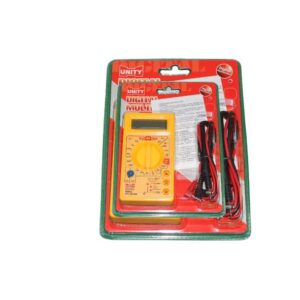
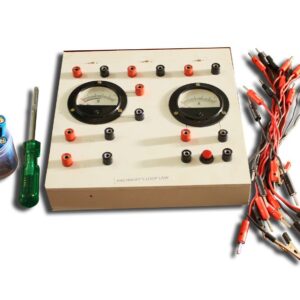
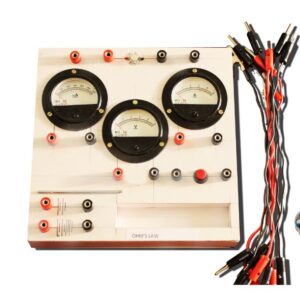
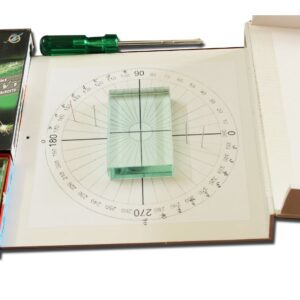
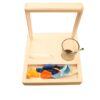
Reviews
There are no reviews yet